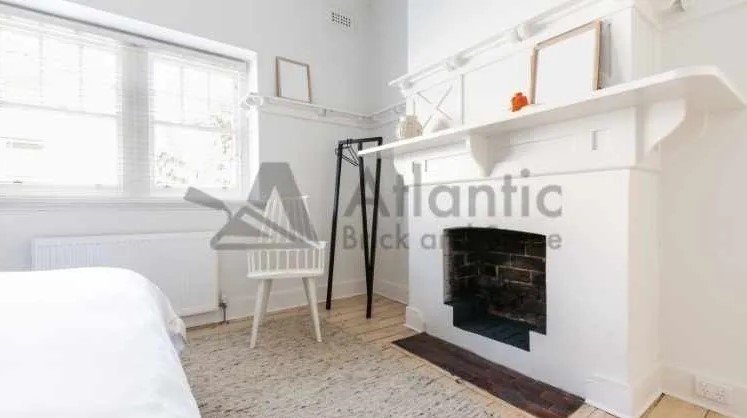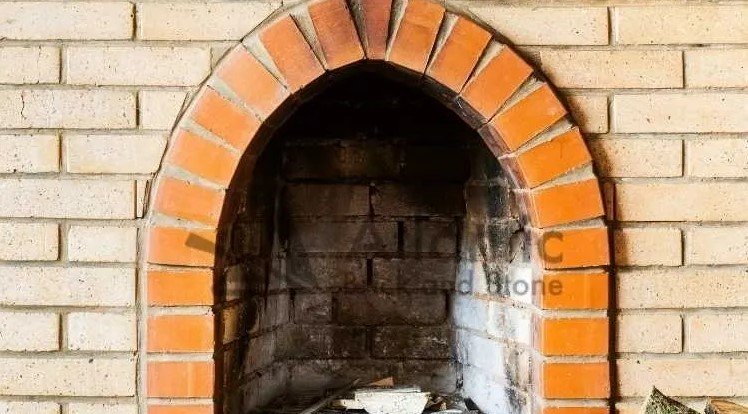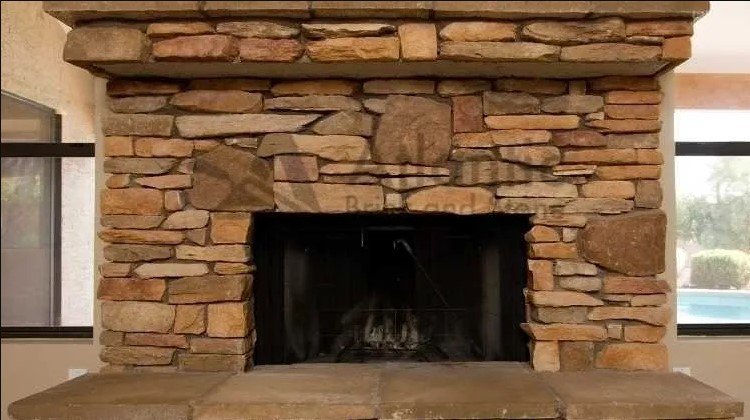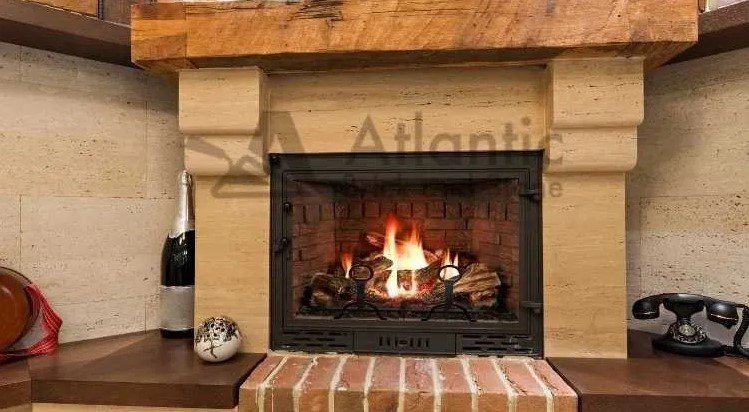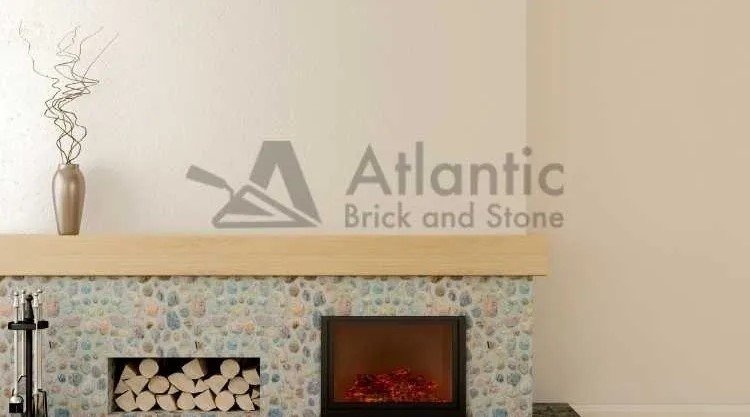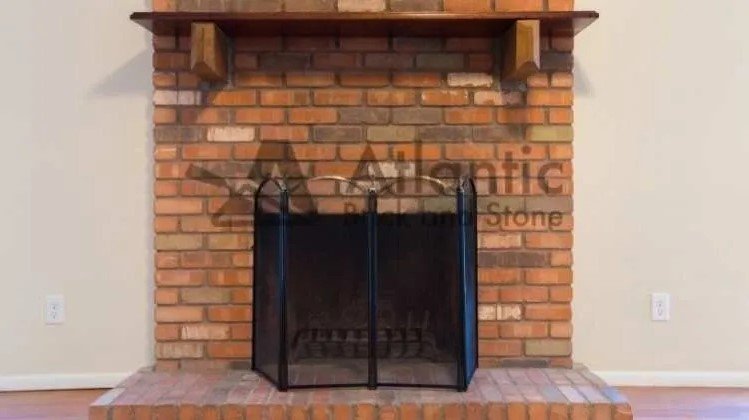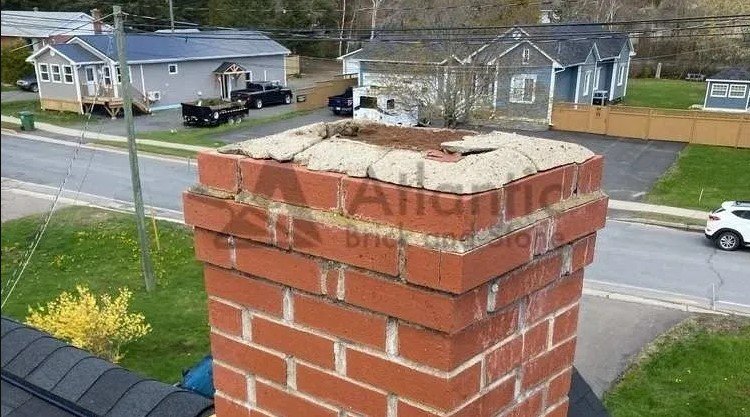How to choose fireplace stones a complete guide
How to choose fireplace stones a complete guide Fireplace stones come in so many varieties that it can be overwhelming when choosing one. It is not necessary to select the most expensive or trendiest stone. There are several things to consider when selecting fireplace stones that can help you narrow down your choices and find the best option. Here are a few things to keep in mind before buying stone for your fireplace. Plan Your Budget In your planning process, you should identify a budget to help determine what type of stone to look at and what you can afford. Prices are not always an indication of quality, but they are a factor to consider if your budget is small and you want a high-quality stone. Climate Stone can be damaged by extreme heat or cold, so it’s essential to know your climate conditions and how they may affect the stone’s lifespan. Look for stones specifically intended for fireplace use and check for color variation in-store. You should also examine samples outside, as colors that seem perfect in-store may not match well later due to fading from sunlight exposure. These considerations can help you choose the right stone type for your fireplace. Exterior Basement Stone formulated for exterior basements or flooring withstands colder temperatures and fluctuating water levels, but these options tend to be less expensive. Some of these stones, like granite, may crack due to expansion and contraction in temperature changes, so avoid using such stones in fireplaces if they do. Otherwise, they are sturdy and come in many colors. Interior House Stone intended for interior surrounds like fireplace mantles and hearth tiles can be used in fireplaces but is not typically marketed for this purpose. Check labels carefully before purchasing, as most companies advise against using these stones in fireplaces due to durability concerns withstanding extreme temperatures, humidity, and possible salt exposure. Contact the manufacturer with any questions about fireplace suitability. Style Stone can create various looks in your fireplace, depending on your interior design style. For a contemporary look, choose polished stones with small veining details that are less likely to show dirt. Avoid dark-veined stones, as they might show through lighter grout. For a traditional look, select rough-textured stones with rich veining detail. Stones with medium to high veining details offer color variation and are easier to work with, though they may collect more dust. Price Quality is reflected in price, but not all expensive stones are better than budget-friendly options. For example, while individual natural stone pieces may be costly, the final installation may not look luxurious once complete. Prices vary based on brand and source, so compare samples from multiple sources before purchasing. Expensive doesn’t always mean better quality. Material Different stone types affect installation and maintenance. Granite and marble are less porous, requiring less sealant over time, and are easier to clean but may not resist heat as well as other materials. Porcelain tiles are easy to maintain and require no grout but lack the natural variation of stone. Stone veneers are easy to install and maintain, using high-heat adhesive instead of mortar, but lack the authenticity of natural stone. Size Stone sizes vary depending on design preferences. Larger stones are more expensive and offer more variation, while smaller stones may be easier to work with but are less visible once installed. Usability Requirements Your choice should also consider usability, especially if the stone will be used for sitting or serving. Some types, like marble, are porous and less heat-resistant, requiring a special fireplace finish that can be more expensive. Properly sealing your stone protects against stains and damage, ensuring longevity. Without sealing, the stone’s durability will rely on the underlying material, such as concrete. Design The final appearance of your stone fireplace should match your aesthetic preferences. For a rustic look, select natural stones with noticeable color and texture variations. For a cleaner look, opt for smooth surfaces with consistent coloring. The combinations of colors, textures, and styles are limitless, so feel free to explore multiple options. Hope this guide helps you choose the best stone for your fireplace. If you’re still unsure which one is best, contact Atlantic Brick and Stone for a free consultation and estimate. Get Your Stone Fireplace Estimate Online Now! 506-304-0771 atlanticbrickandstone@gmail.com Request an Estimate

